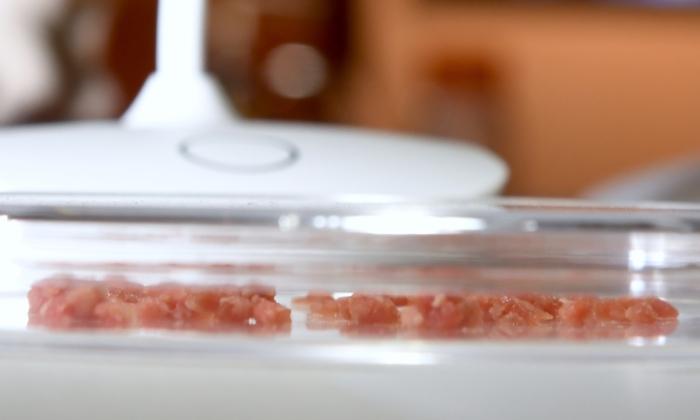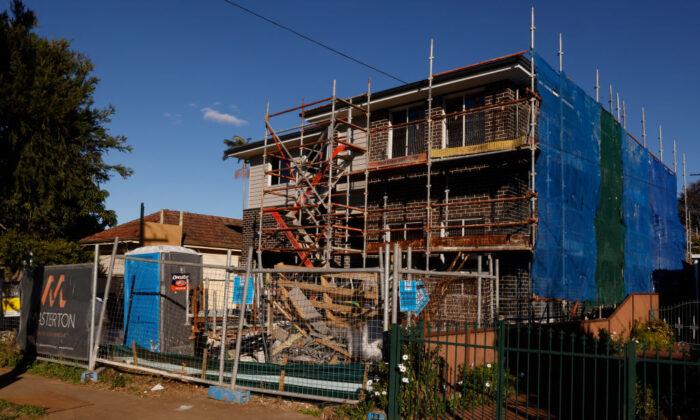Australian retailers are calling on the government to help the industry after sales remained flat in July, albeit increasing from the year-ago period.
“As tough times continue, we are seeing the so-called ‘lipstick effect’ play out—where people are having to do more with less. There are trade-offs in this budget-conscious environment and in July we saw people replacing dining out with food from their local supermarket, allowing some spending on personal luxuries,” said Paul Zahra, CEO of the Australian Retailer Association.
The National Retail Association (NRA) warned that without proper government measures, the weak consumer sentiment poses a risk to businesses, making it hard for them to continue their operations.
“Most smaller retailers cannot afford to rely on heavy discounting strategies to get by, and it is inevitably these businesses that exit the market,” said Lindsay Carroll, NRA’s interim CEO.
“We call on policymakers to create a more supportive environment for Australian businesses, one that’s fit for investment and one with a future for aspiring retail owners.”
Cosmetics, Sports, Recreational Goods Sales Witness Highest Annual Growth
The other retailing segment, which includes cosmetics, sports, and recreational goods, saw a retail turnover of $5.66 billion, unchanged from June but up 5.55 percent from last year.Food sales totalled $14.44 billion, rising 0.2 percent from June and 3.2 percent from the year-ago period.
Household goods sales stood at $5.82 billion, unchanged from a month ago but increasing 1.5 percent year-over-year.
Clothing, footwear, and accessories fell 0.5 percent from June but grew 0.5 percent from the year-ago month to $2.98 billion.
Cafes, restaurants, and takeaway sales fell 0.2 percent from June and 0.3 percent from a year ago to $5.37 billion.
“After rises in the past two months boosted by mid-year sales activity, the higher level of retail turnover was maintained in July,” said Ben Dorber, ABS head of retail statistics.
NSW Books Highest Retail Turnover Year-on-Year
Meanwhile, New South Wales had the largest retail turnover of $11.2 billion, increasing 1.2 percent, followed by Victoria, which climbed 2.3 percent to $9.32 billion.Queensland sales jumped 3.3 percent to $7.46 billion, while South Australia grew 4.2 percent to $2.32 billion and Western Australia rose 4.6 percent to $4.14 billion.






